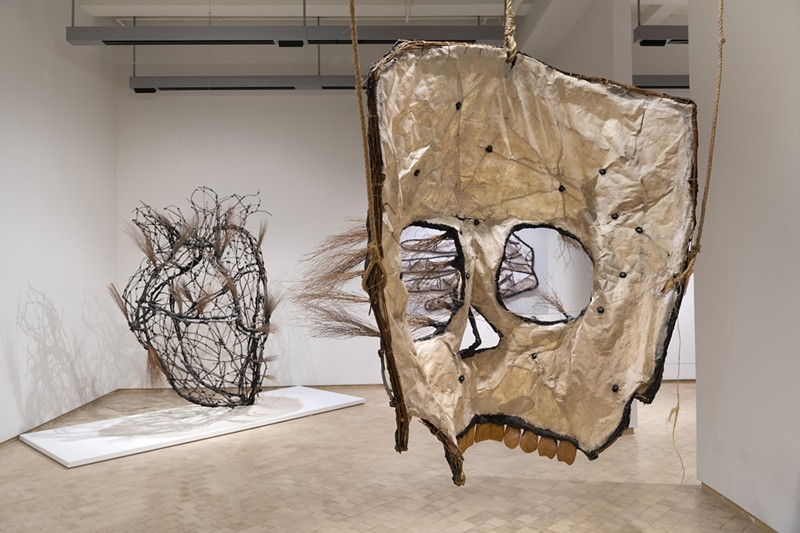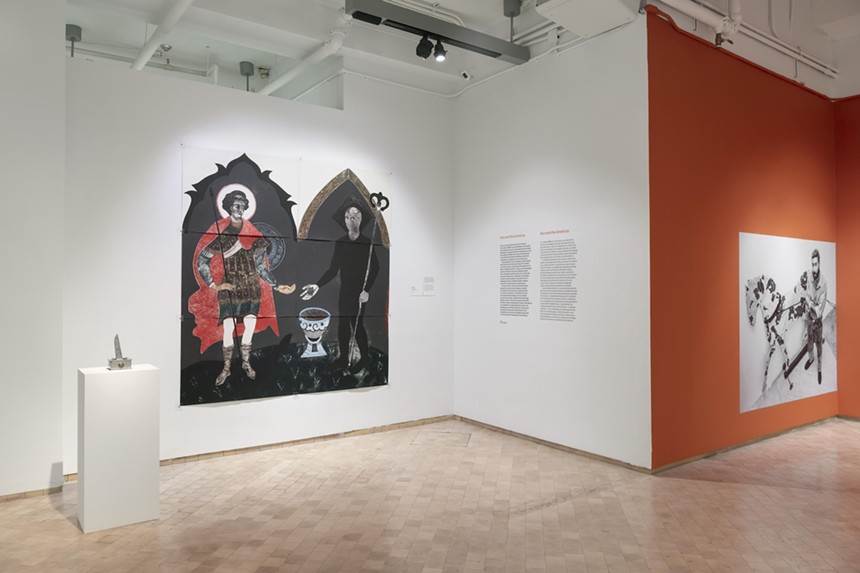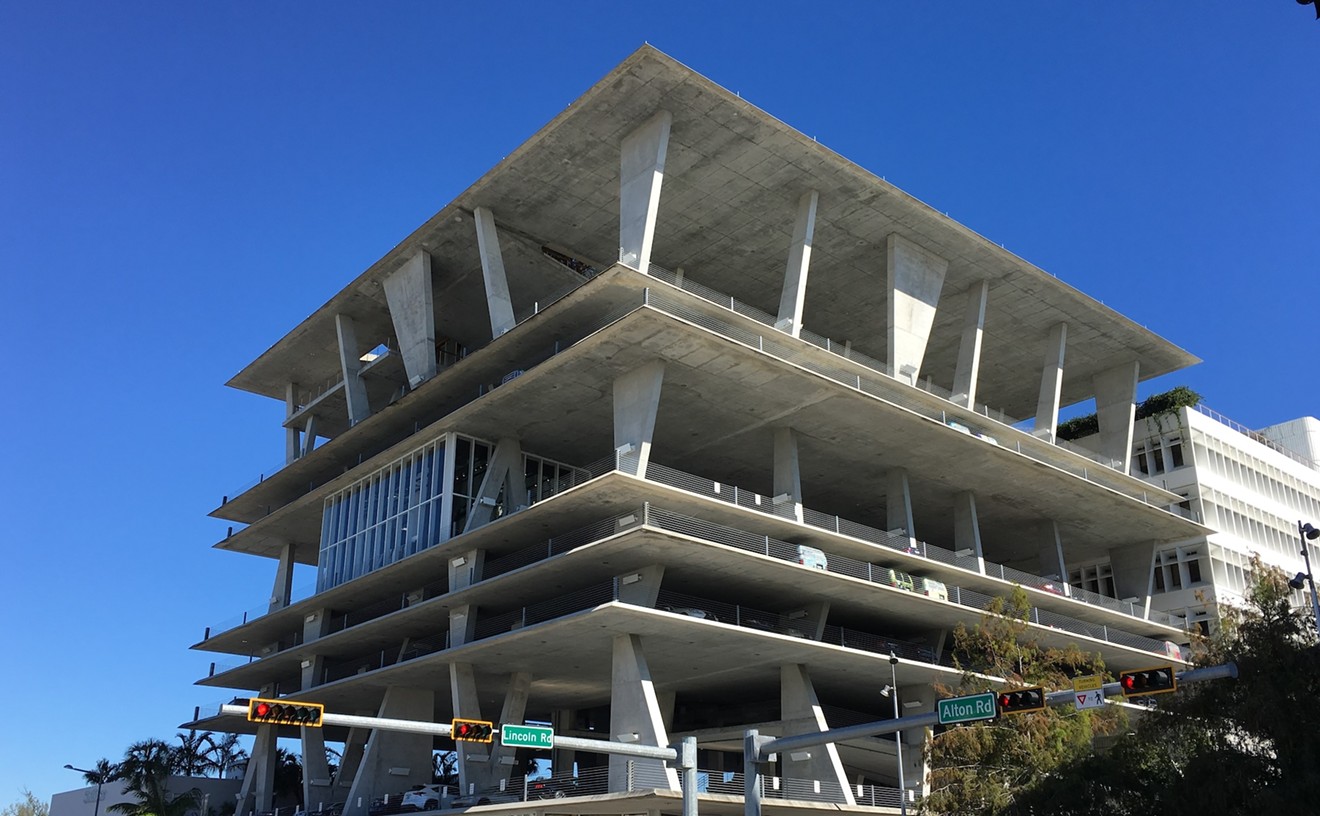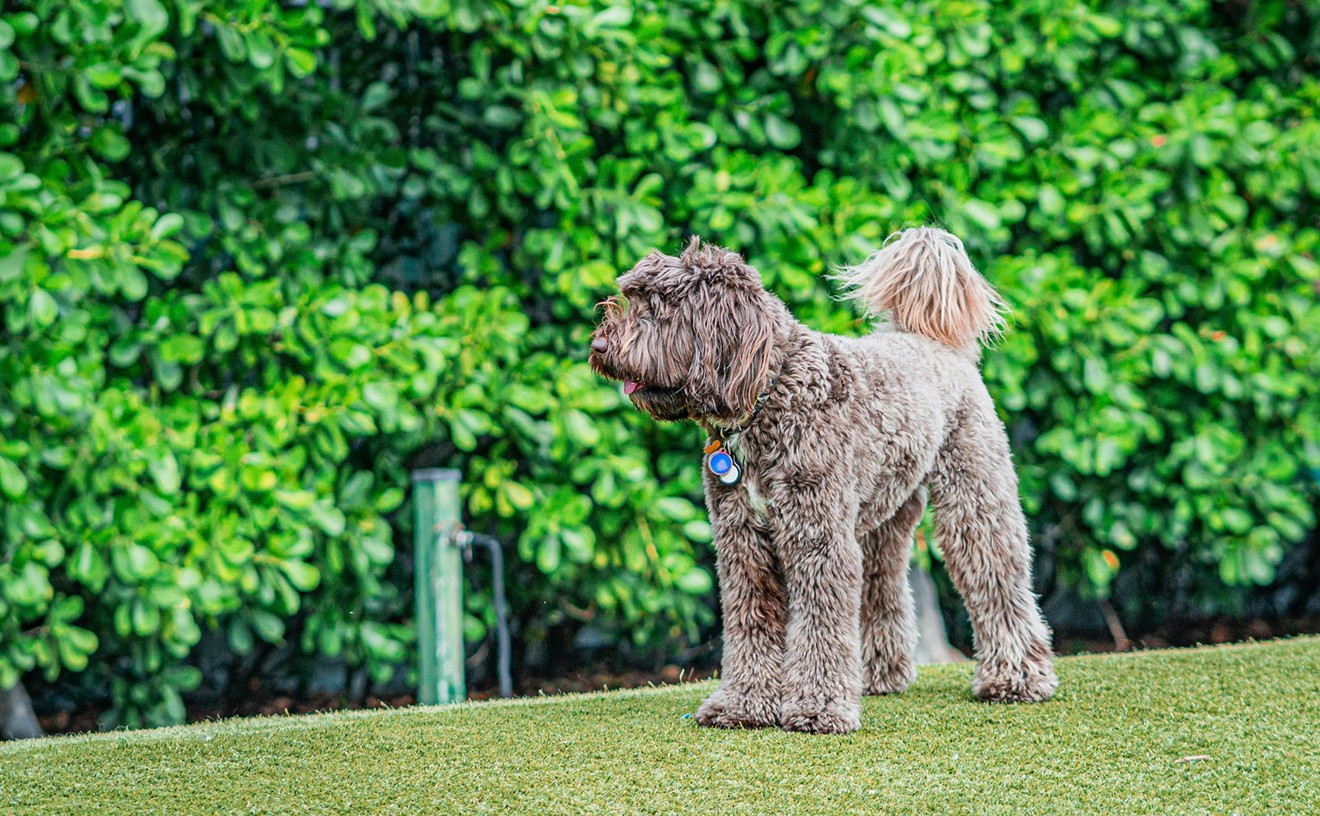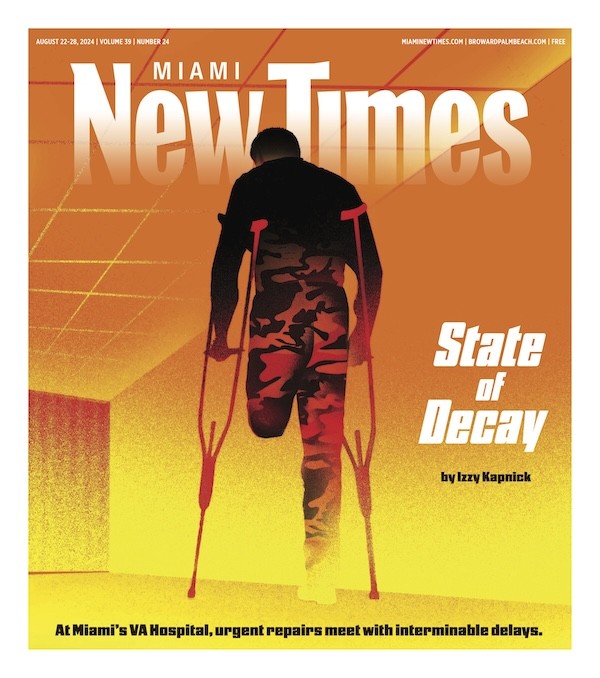"It was a piece that rocked everybody's world, not just Cubans in Cuba," says Olga Viso, chief curator at the Phoenix Art Museum in Arizona and a former curator of the Norton Museum of Art in West Palm Beach. "It was like there was a before and after when Elso made Por América. It symbolized this before and after of content that artists could deal with, and a way of artists kind of challenging and tackling, and questioning the values of the revolution in more veiled and poetic ways," says Viso.
Elso, along with peers like José Bedia, Leandro Soto, and Ricardo Brey, was part of the first group of artists born after the 1959 revolution that ushered in communist rule. Known as "Volumen Uno" (Volume One) after an important 1981 exhibition at Havana's International Art Center, they had begun to question post-revolutionary ideas around Cuban identity and society and explore ideas around a mixed, pan-Latin identity.
Viso, who is of Cuban heritage herself, came into contact with many of the artists in Elso's generation while working in South Florida. To them, Elso's recasting of Cuba's martyred George Washington, using humble materials and referencing Afro-Cuban religious motifs, touched a nerve of generational importance. It also scandalized the Cuban government.
"In Cuba, that piece meant so much, and I think when he left, the Cuban government was losing one of its key figures," says Viso. "The Cuban authorities considered it a kind of sacrilegious presentation of José Martí...taken off the pedestal, a humble man covered in mud referencing African saints and African religious practices. It was just a total untouchable thing, yet at the same time, it resonated so deeply for everyone in that it represented that kind of hybrid identity that is so foundational to Latin American culture and Cuban identity in particular, (and) that he was recasting Martí for the present moment."
Elso tragically did not live to see his impact, dying of leukemia in 1988 at only 32 years old. But many artists in his generation were also exploring the same ideas.
That's why a new retrospective of Elso at the Museum of Contemporary Art, North Miami through March 17, 2024, also focuses on artists he influenced and with whom he associated. Fellow Cubans such as Belkis Ayon and Ana Mendieta explore indigenous religious practices, as does Tiona Nekkia McCloden's commissioned work, Absolute Congruence.
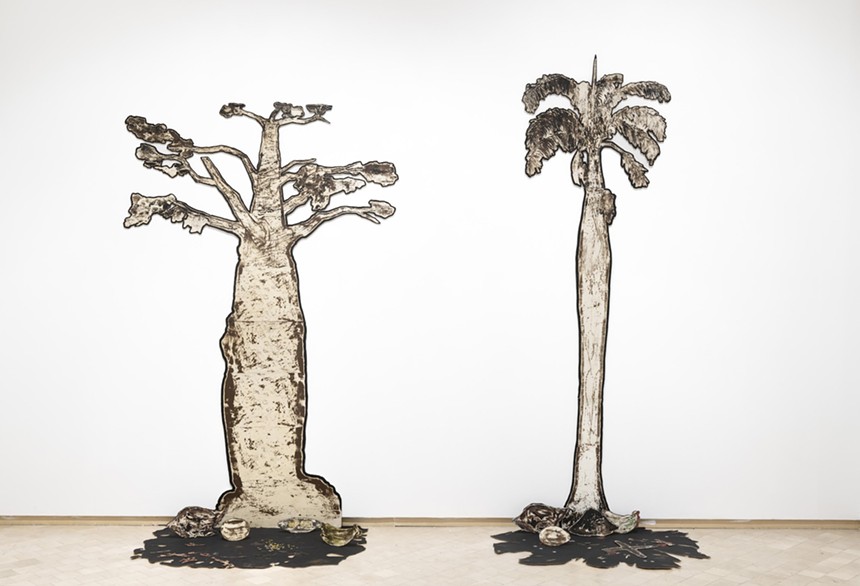
Installation view of La ceiba y la palma (1983)
Photo by Martin Seck/Courtesy of El Museo del Barrio, New York
There's plenty in the show from Elso himself, of course — more than 70 works in total. Por América, the show's namesake, is the first work featured, and its impact may dwarf its diminutive size. The same can't be said for Elso's other assemblages, especially two groups of wooden sculptures, which feel even more cosmic in scope and earthy in execution.
Essay on America features meditations on death, gods, and transcendence. A skeletal, bird-shaped gliding machine allows the wearer to traverse "spiritual realms," according to the wall text. Nearby, a wooden warrior effigy is surrounded by flags with the names of legendary and mythical figures from across the Americas — Quetzalcoatl, Sitting Bull, Toussaint Louverture, Che Guevara — from which the figure draws power.
The Transparency of God is even more ambitious and stirring. Elso forms skeletal body parts — a hand, a heart, and a skull — from paper, rope, tree branches, and other stark, unhewn materials, inviting us to inhabit the body of a creator and stare through its eyes.
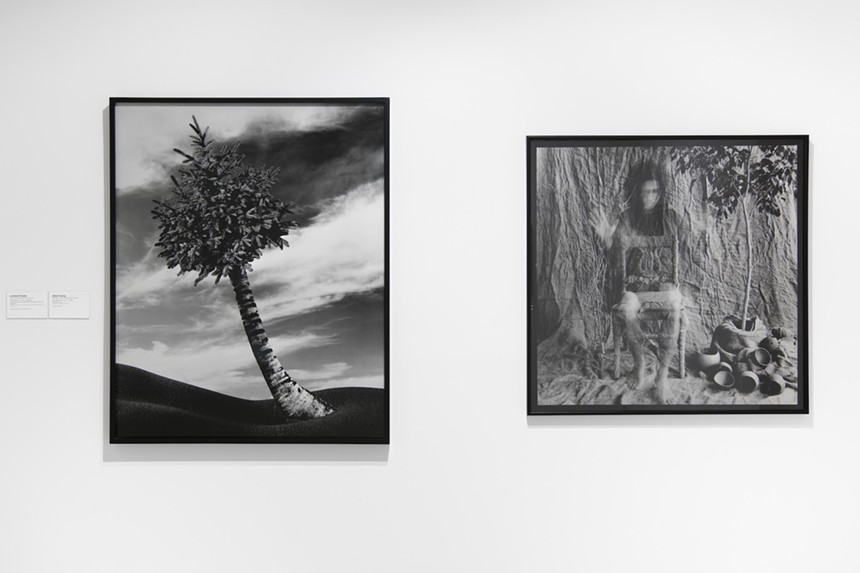
Installation view of Lorraine O'Grady's The Fir-Palm (1991, 2019) and Albert Chong's Natural Mystic (1982)
Photo by Martin Seck/Courtesy of El Museo del Barrio, New York
This situation highlights the obstacles Viso and her colleagues faced while assembling the show.
It took her 25 years to organize "Por América," which debuted at El Museo del Barrio in New York last year before traveling to the Phoenix Art Museum and MOCA North Miami, in part because she had to wait for U.S. relations with Cuba to thaw. The risk of damage to many of the works, made from unconventional, fragile materials, was also a factor.
"In the end, we were able to reunite virtually all of Elso's work together," says Viso.
– Douglas Markowitz, ArtburstMiami.com
"Juan Francisco Elso: Por América." On view through March 17, 2024, at the Museum of Contemporary Art, North Miami; 770 NE 125th St., North Miami; 305-893-6211; mocanomi.org. Tickets cost $5 to $10; free for members and North Miami residents. Wednesday through Sunday 10 a.m. to 5 p.m.

